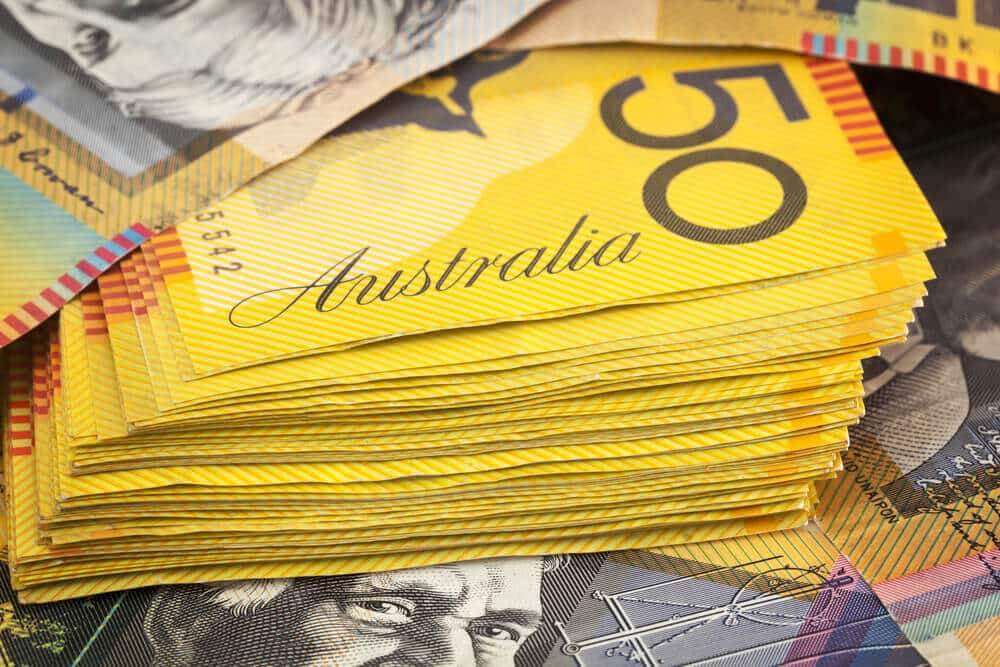
Pound Australian Dollar Ex Rate Slumps
Improvement in the NAB Business Confidence index saw the Pound Sterling to Australian Dollar exchange rate slump on Tuesday.
Forecasts on forex trading had pointed towards a fresh deterioration in sentiment in April. The index instead saw a modest improvement from -66 to -46.
Although sentiment remained in negative territory, this still offered evidence that business confidence is starting to recover once again. This is lifting the Australian Dollar against its rival.
Market jitters over the risk of a second wave of Covid-19 infections lingered. But this was not enough to prevent the GBP/AUD exchange rate from shedding fresh ground.
Meanwhile, support for Pound Sterling (GBP), proved largely limited. This was as anticipation for the first quarter UK gross domestic product report picked up.
With the dramatic impact of the initial lockdown, the quarterly growth rate appears set to demonstrate a drop in momentum.
If growth clocks in at -2.5% as forecast, this would leave investors with little incentive to favor the Pound.
The government is now taking steps to reopen the economy. But any major growth recovery seems unlikely in the first half of the year. This is keeping the UK on course for a deep recession.
With a small initial hit from the Covid-19 crisis, the Pound could experience fresh losses on Wednesday.
The Bank of England is already showing signs of increased caution. A dismal GDP report could easily drive the GBP/AUD exchange rate to a new low in the FX markets.
April Unemployment Forecast and the Australian Dollar
The mood towards the Australian Dollar could dull on Thursday. This is with the release of April’s set of Australian labor market data.
There is fresh evidence of the negative impact of the global pandemic on the Australian economy. And it could see AUD exchange rates come under renewed pressure.
Investors anticipate a solid uptick in the unemployment rate from 5.2% to 8.3% in the month. This is demonstrating the impact of Covid-19 restrictions.
Markets see cause for concern over the recent uptick in infections seen in Germany, China, and South Korea. Thus, an increased sense of risk aversion could weigh down the antipodean currency.
On the other hand, there are signs that governments remain committed to tentatively reopening their economies in the months ahead. This could help to limit the downside potential of the Australian Dollar exchange rates.
Stronger levels of global trade would help to return the Australian economy to a positive footing. Any further easing in Covid-19 anxiety may see the GBP/AUD exchange rate sliding lower in the FX market.




